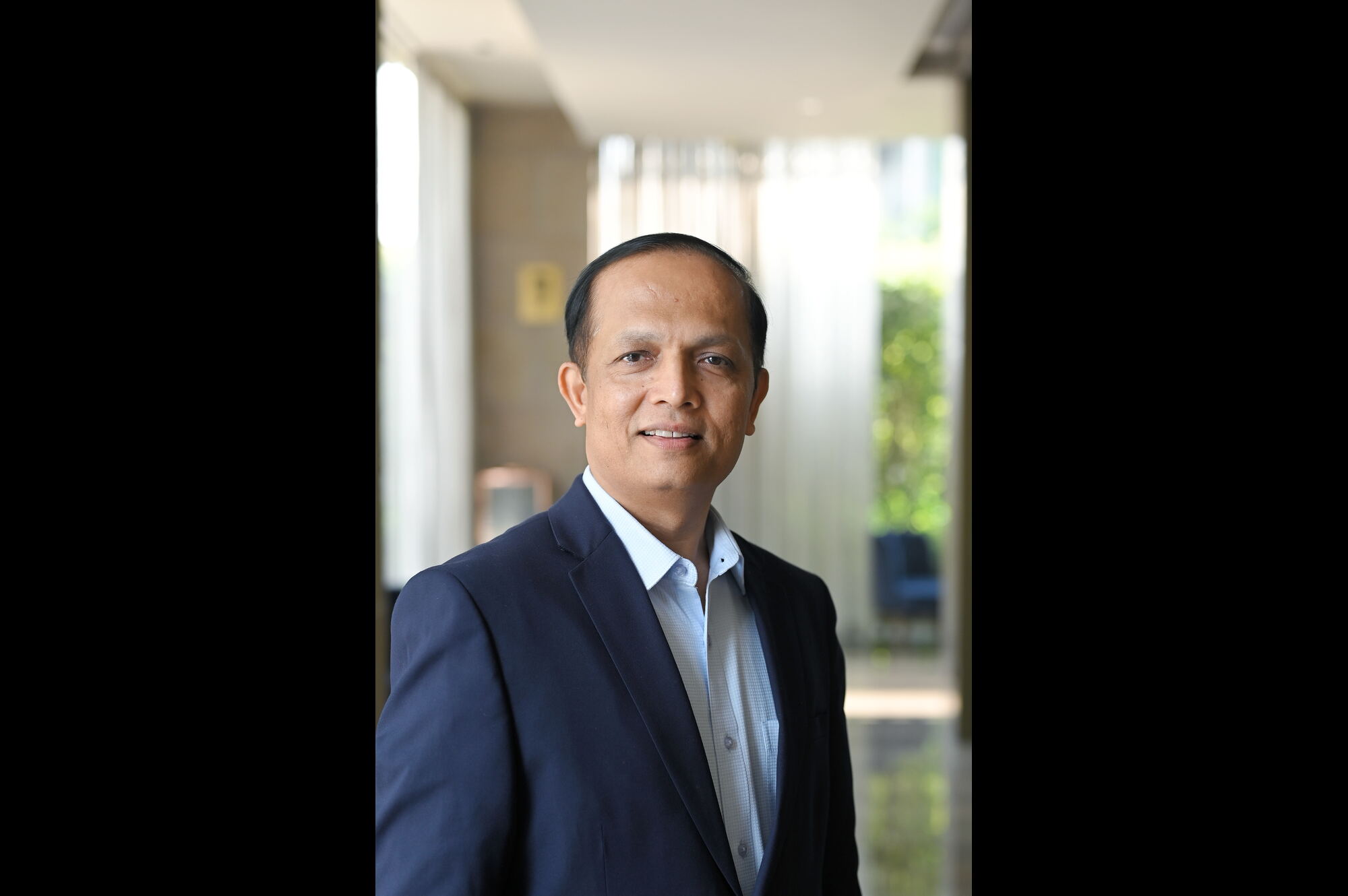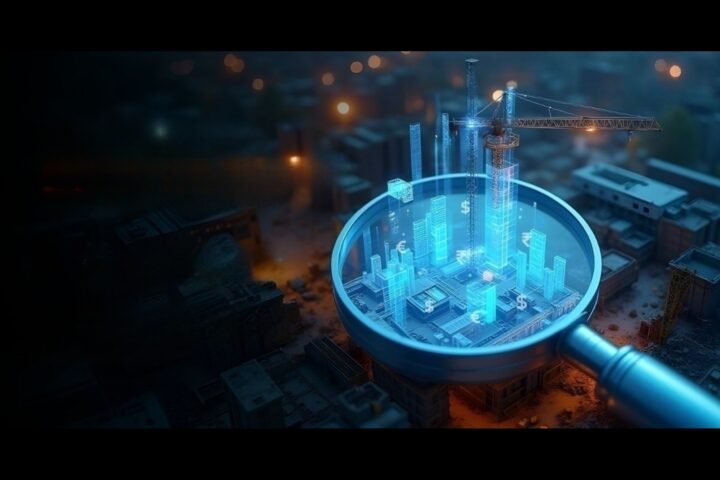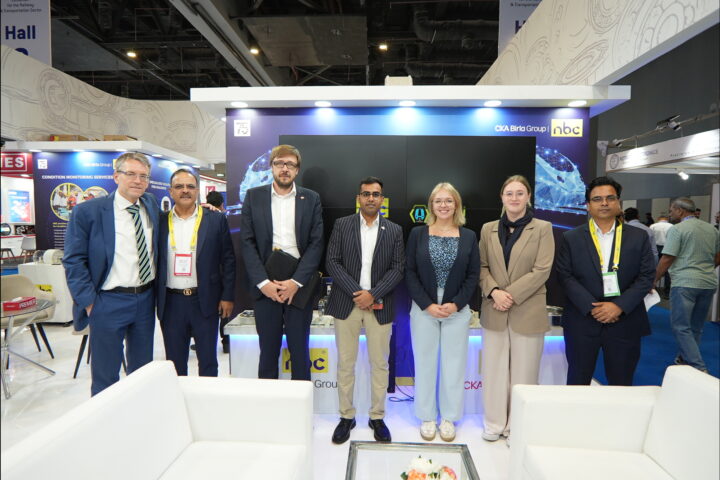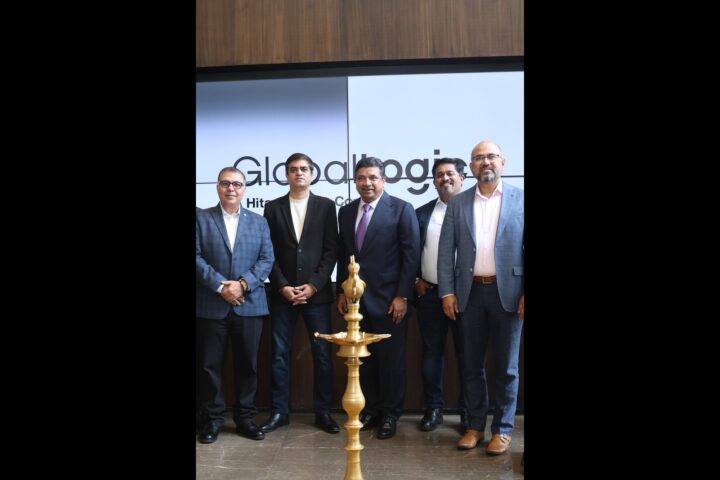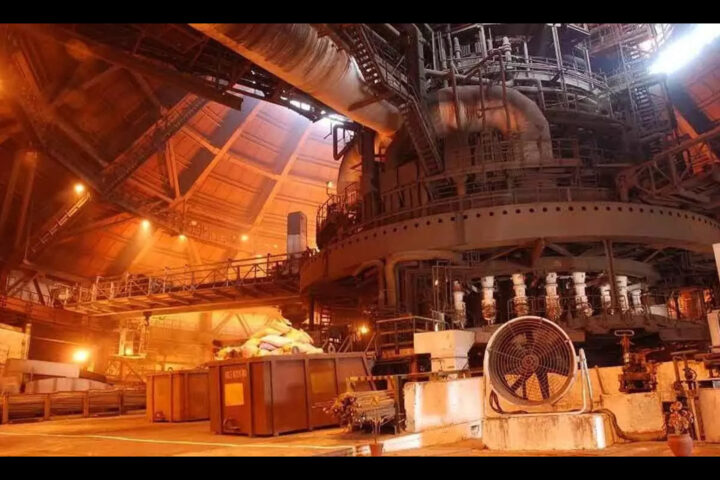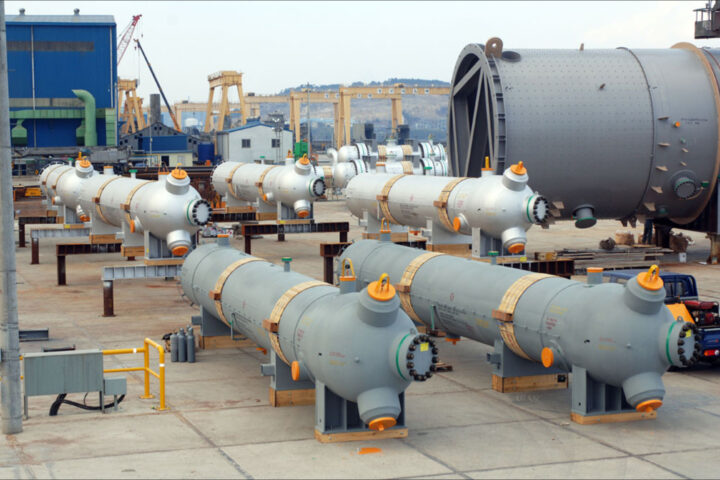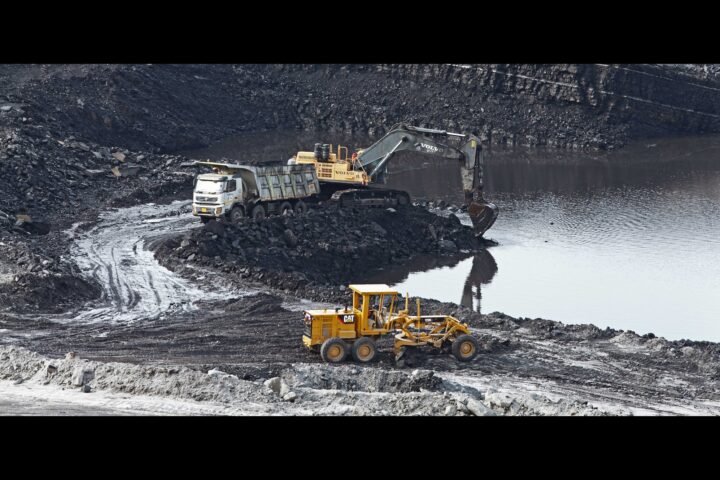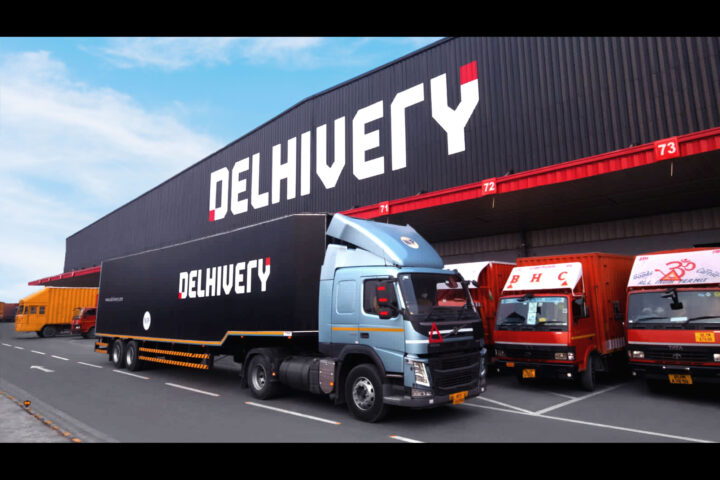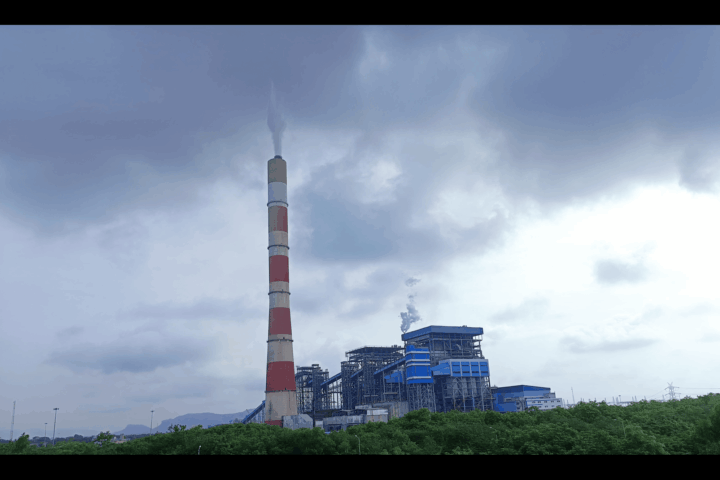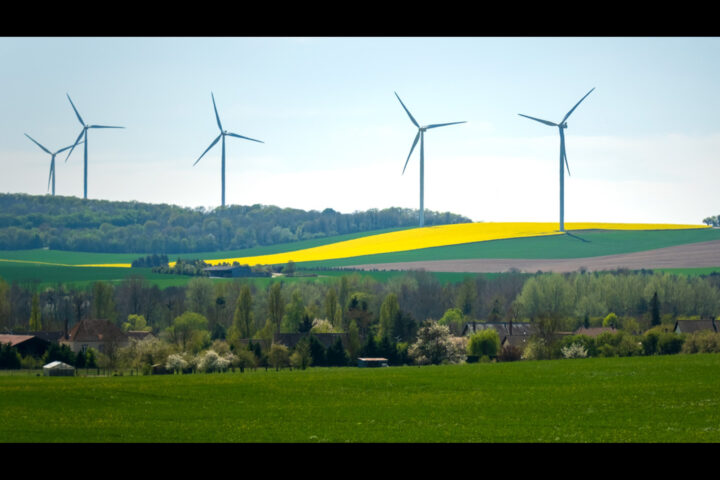What is your assessment of the current landscape of the logistics sector in India?
Three major catalysts are currently playing a fundamental role in re-shaping India’s logistics landscape – infrastructure development, government initiatives and private sector development. Recent infrastructure projects, such as the UDAN scheme, the PM Gati-Shakti masterplan, and initiatives like Sagarmala and Bharatmala, are significantly improving connectivity and efficiency, resulting in lower costs compared to just five years ago. The National Logistics Policy (NLP) aims to reduce logistics costs and improve India’s ranking in the Logistics Performance Index, creating a more efficient logistics system through data-driven decision-making. Government programs like ‘One District One Product’ and ‘Make in India’ are facilitating cross-border trade and boosting exports in a dispersed area of our wide geography, which adds momentum to the sector. Private players are also taking proactive steps to collaborate with the government, exemplified by DHL Express India’s memorandum of understanding with the Directorate General of Foreign Trade, Government of India. Through detailed workshops and trainings in over 76 districts across the country, DHL seeks to empower MSMEs and simplify the cross-border trading process for them thus providing them a global stage to propel their business. Additionally, due to geographic tailwinds and supply chain diversification, India’s economy and our logistics sector stand to benefit significantly. The outlook for India’s logistics landscape is looking cautiously optimistic. While there has been significant development, I am eager to see the progress as we move forward too.
What are some of the standout achievements or solutions your organization has introduced in the past year, and how are they addressing current market demands or operational challenges?
When we speak about increasing operational efficiency, one of our most significant achievements early last year was the launch of India’s first automatic shipment sorting hub, by an international express service provider, in New Delhi, covering over 34,000 square feet. This state-of-the-art facility features automatic sorting machines that can process 2,000 pieces per hour, resulting in a 30% increase in productivity. The facility connects North India, East India, and parts of West India to over 220 countries and territories, effectively meeting the growing demand for efficient logistics solutions in a rapidly evolving market. Decarbonization and sustainability have become key words today, given the rapid ascent of climate change, and these goals cannot be achieved in isolation. GoGreen Plus is a key solution introduced to help businesses reduce their carbon emissions associated with their shipments through the use of Sustainable Aviation Fuel (SAF). By targeting Scope 3 emissions, DHL provides customers with the opportunity to inset and track their emissions. DHL leads the world in SAF adoption, getting 3.5% of its aviation fuel from cleaner sources in 2024. These initiatives reflect DHL’s proactive approach to addressing operational challenges while meeting the evolving needs of the market, ensuring that the company remains a leader in the logistics industry.
To enhance logistics operations, the government has introduced the National Logistics Policy (NLP) and the PM Gati Shakti initiatives. How is your company leveraging these opportunities to drive growth and efficiency?
Partnerships between private players and the public sector are crucial for achieving common objectives in the logistics industry and for India’s economy. The National Logistics Policy (NLP), PM Gati Shakti and the Amrit Kaal vision, will be effective only if leveraged by private companies to enhance automation and operational capacity, ultimately reducing transit times and costs for even the smallest players in remote areas. For DHL, India has been a high-growth market during the last decade, and therefore, the planned expansion of our capabilities has always been in place. Additionally, in 2024, we announced an investment of EUR 200 million, equivalent to INR 1,800 crores, to further expand our capabilities in India. This is leveraged towards technology and infrastructure expansion. To this effect, few expansion projects have already begun in Punjab, Agra and Bangalore – all of which are important export markets in India. We are also aligned with government initiatives to support MSMEs, collaborating with the Directorate General of Foreign Trade (DGFT) and organizations like the Gem and Jewellery Export Promotion Council (GJEPC). Through these partnerships under the ‘GoTrade’ initiative, we seek to provide MSMEs with the tools and knowledge to succeed in international trade. Technology and automation are central to our strategy. The automatic shipment sorting hub decreases processing times and reduces transit times. Additionally, the DHL Import Easy Tool (DIET) simplifies import logistics, providing a user-friendly platform for managing shipments and customs documentation. We are also utilizing AI, machine learning, and data analytics to streamline processes and improve customs compliance. Tools like My Global Trade Services (MyGTS) assist businesses in managing paperwork and staying updated on trade regulations, free trade agreements, harmonized system (HS) codes, offering quick and individualised cross-border solutions.
What technologies (IoT, AI, GPS tracking, WMS, TMS, blockchain) have you implemented to enhance logistics efficiency and to ensure consistent and prompt service?
Technology helps us remain one step ahead of the curve. Leveraging innovations such as real-time tracking systems, automated sorting facilities, and advanced data analytics to name a few, DHL is streamlining processes, reducing transit times, and offering a far superior customer experience. We have numerous tools that keep our ‘big yellow machine’ moving and more importantly excelling:
Electronic Shipping Solutions (ESS): This tool supports compliance with Goods and Services Tax (GST) and E-waybill requirements, streamlining the shipping process and reducing the risk of delays due to regulatory issues. It enhances the overall customer experience by ensuring that all necessary documentation is in order.
Clear-in-air: This service enables customs clearance during transit, significantly reducing delivery times. By processing customs paperwork while shipments are in the air, DHL can expedite the delivery process and minimize waiting times upon arrival.
DHL Import Easy Tool 2.0 (DIET2.0): This tool enables businesses to download pre-alert and post-shipment documents easily. By improving coordination with clearance teams, DIET2.0 accelerates the processing of shipments and enhances the overall efficiency of import logistics.
Cloud Solutions: Utilizing cloud technology provides flexibility and scalability for DHL’s IT infrastructure. This allows for quick adaptation during peak seasons, ensuring that systems can handle increased demand without compromising service quality or accessibility.
AI Applications: DHL employs AI-driven digital assistant chatbots that assist customers by providing document summarization and sentiment analysis. These tools enhance customer interactions by offering quick responses and personalized support, improving overall satisfaction.
Data Analysis Tools: These tools enable DHL to predict shipping volumes, revenue, and sector growth accurately. By analysing historical data and market trends, DHL can make informed decisions and optimize operations to meet customer demands effectively. Our machine learning models enable proactive exception management of shipment movements.
My Global Trade Services (MyGTS): This platform assists customers in navigating international shipping regulations and provides accurate shipment classification for expedited customs clearance. The “Trade Lane comparison” feature offers insights into market regulations, empowering customers to make informed decisions about market expansion.
MyDHL+ Platform: This all-in-one platform integrates 13 different applications into a mobile-friendly interface, simplifying transaction management. Features include instant pricing quotations, label creation, pickup scheduling, and real-time tracking, making it easier for customers to manage their shipments.
RFID Technology: The integration of RFID chips within the supply chain enhances shipment visibility, accuracy, and security. This technology enhances inventory management and operational efficiency, particularly during peak periods, enabling more effective tracking and management of shipments.
These technologies collectively reinforce DHL’s commitment to operational excellence and customer satisfaction, ensuring that we remain a leader in the logistics industry.
How are you incorporating sustainability into your operations – such as EV fleets, carbon tracking, or green warehousing – and what challenges do you face in transitioning to greener logistics models?
Our bottom lines, which reflect our commitments, include being an employer of choice, a provider of choice, an investment of choice, as well as being a green logistics of choice. Through this framework, we measure our progress and focus our efforts on achieving these commitments. We are one of the few organisations across the world and the first in logistics to take a stand in reducing our Scope 1,2 and 3 emissions. We are doing what is technically feasible and commercially viable – right now. We have set milestones to focus our efforts and measure our progress. These transparent, time-bound targets and KPIs are integral to our strategic planning and decision-making processes, much like our financial goals. By 2030, we aim to achieve the following objectives:
Reduce greenhouse gas (GHG) emissions to less than 29m metric tons of carbon* by doubling down and accelerating decarbonization measures across all operations
Target >30% Sustainable Aviation Fuels (SAF) blending in our Express and Global Forwarding businesses
Electrify 66% of our last-mile pickup and delivery vehicles
Design all new buildings to be carbon neutral
As of 2024, DHL Group is incredibly proud to say that we have made significant headway against these targets. In 2021, GHG emissions stood at 40 million metric tons. Comparatively, in 2024, this was reduced to 33.8 million metric tons CO2e. In our buildings, we are expanding the use of solar power to generate electricity.
We consistently advanced the decarbonization of our business activities. The GoGreen Plus service enables customers to leverage sustainable aviation fuel and inset the greenhouse gas emissions of their international deliveries. Through strategic partnerships with transportation partners and long-term purchase agreements with suppliers, we have successfully increased the use of sustainable aviation fuels in our own fleet to 3.5%, despite the continued low availability of these fuels. This puts us well above the average for the logistics industry. By 2024, as a Group, over half of our 66% last-mile electrification target was already achieved as 41.4% of our pickup and delivery vehicles were electrified. Having said that, the biggest challenge we continue to face is availability. The limited availability and high cost of SAF present significant barriers to scaling its use. To successfully transition to an electrified delivery fleet in India, it is essential to establish a robust charging infrastructure and ensure the ongoing availability of electric heavy commercial vehicles (HCVs), which is still in the process of expanding. Nevertheless, DHL remains steadfast in its decarbonization journey, leveraging its global reach and innovative solutions to lead the logistics industry toward a sustainable future.
What key trends do you foresee shaping the logistics sector over the next five years, and how is your company preparing to stay competitive and future-ready?
Over the next five years, the logistics sector is poised for a transformative evolution, shaped by sustainability, digitalization, globalization, shifting geographic tailwinds, ecommerce and an evolving workforce. At DHL Express, we view these trends not just as opportunities but as imperatives that are redefining the future of logistics.
Sustainability will be at the heart of every decision in the industry. Environmental stewardship, alternative energy solutions, and decarbonization are now fundamental to how logistics networks are designed and operated. We are investing significantly in green logistics, with a clear goal of achieving net-zero greenhouse gas emissions by 2050. As I mentioned, our GoGreen Plus service leverages Sustainable Aviation Fuels (SAF) to reduce Scope 3 emissions in air transport. Additionally, our LEED-certified infrastructure and recent progress in reducing group-wide emissions from 40 million metric tons in 2021 to 33 million in 2024 further underscore our commitment.
Digitalization is another key growth enabler. In India, we are advancing automation at our gateways and facilities by deploying robotic process automation to eliminate repetitive tasks and introducing AI-based tools, such as My Global Trade Services (MyGTS) and MyDHL+, to streamline compliance and enhance the customer experience. Solutions like Clear-in-Air and DIET 2.0 enable faster customs processing, while Electronic Shipping Solutions (ESS) ensure regulatory compliance and real-time data visibility.
Globalization continues to be resilient. As highlighted in the DHL Global Connectedness Report 2024, global trade and capital flows remain robust, with India emerging as a key growth driver. India’s fast-growing GDP and increasing global integration make it one of the most exciting markets for logistics, prompting our commitment to invest 200 mn euros or INR 1,800 crore in the country by 2029 to expand capacity and drive innovation.
Shifting Geographic Tailwinds continue to gain traction. Supply chain diversification is becoming critical in building resilience. The industry is shifting from linear, centralized supply models to more flexible and agile networks. Businesses are adopting multi-sourcing strategies, expanding their manufacturing bases, and relying on multimodal logistics to hedge against disruptions. Numerous organisations are diversifying their supply chains and India has become a prime beneficiary. DHL Express in India continues to invest in its capabilities to remain future ready and enable a smooth transition for our customers. We do this by offering integrated and diversified logistics solutions, helping customers reimagine their supply chains for greater agility and continuity.
The global e-commerce market is expected to grow at 7% annually, surpassing GDP growth from 2023 to 2028. E-commerce continues to grow, globally and domestically, fuelled by untapped market potential, low e-commerce penetration for certain products and a growing population of digital natives. India has an advantage for e-commerce-led exports, especially from the MSME sector. By offering digital tools like MyGTS and DIET, we can support our customers with their ecommerce logistics needs.
As the workforce evolves, employee patterns are evolving simultaneously. Recognizing the evolving nature of the logistics workforce, DHL is committed to fostering a safe, inclusive, and high-performance culture. We are committed to attracting and retaining top talent by providing opportunities for ongoing learning and professional development. By fostering a diverse and technologically adept workforce, we are well-equipped to adapt to the changing demands of the industry and drive innovation from within.


